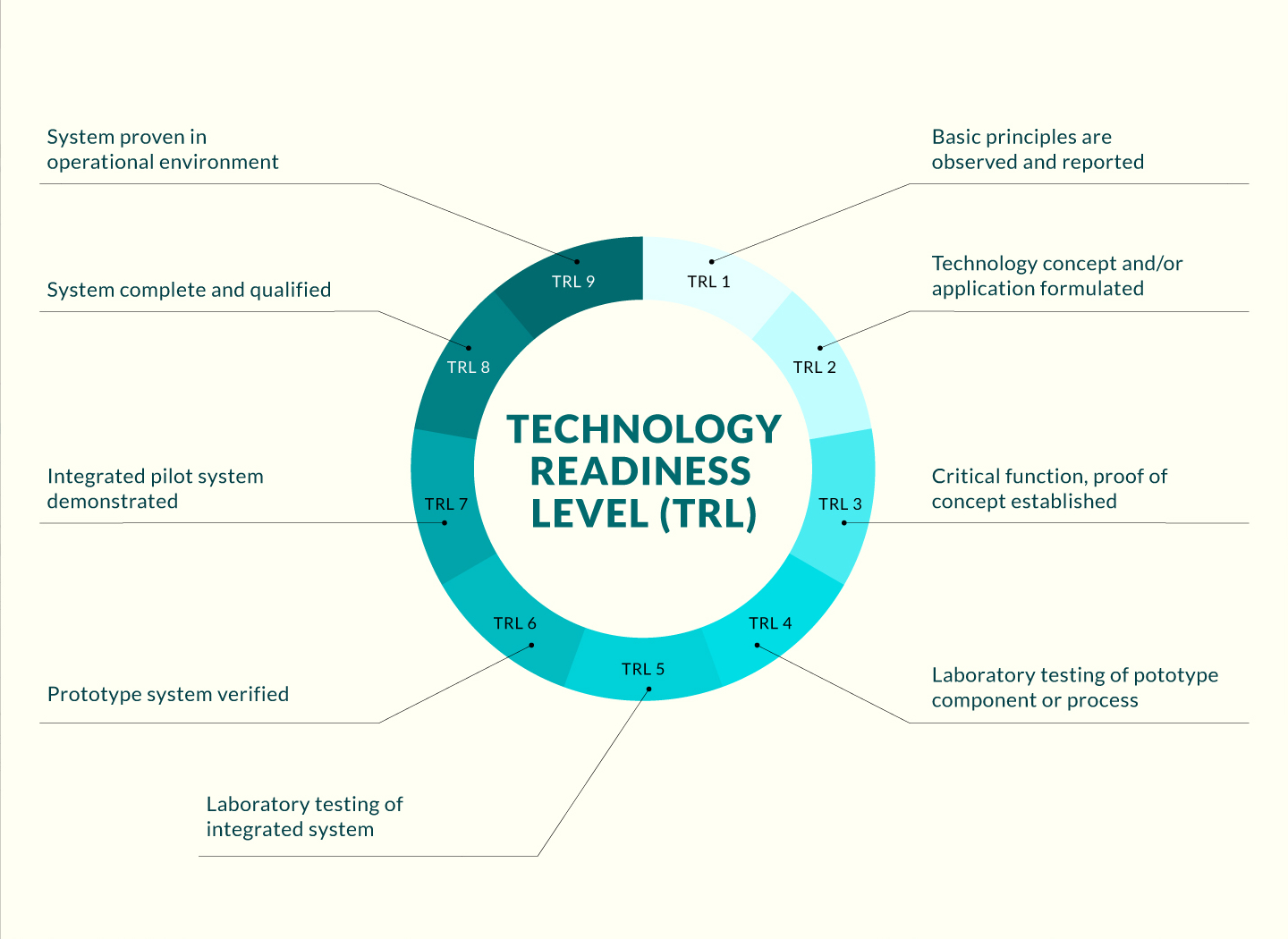
Opportunity
Reduction of energy consumption and carbon emissions are the biggest concern nowadays in order to mitigate the effects of climate change. Traditional cooling systems, such as air-conditioning systems, consume a lot of energy and contribute to carbon emissions. Passive radiative cooling technology is a promising solution to reduce the energy consumption of space cooling systems. Traditional cooling materials which involve nanophotonic structures are costly, small-scale, and have poor compatibility with existing end uses. Recently, paint-format cooling materials using polymer binder and white pigments were proposed to achieve scalable application. However, the polymeric component is susceptible to ultraviolet degradation which damages the cooling performance over long-term outdoor exposure. There exists an urgent need to develop a cooling material which can maintain stable cooling performance and withstand various application conditions. Our invention not only delivers advanced optical properties for generating cooling but also exhibits great applicability, which promises a readily applicable solution for passive radiative cooling.
Technology
Inspired by the whitest beetle, Cyphochilus, we invented a passive radiative cooling ceramic material that can achieve record-high solar reflection of 99.6% and strong thermal emissivity of 96.5%. The cooling ceramic topped with colored glazing, which breaks through the color limitation of traditional radiative cooling designs, still achieves better cooling performance compared with the same-colored commercial peers. The cooling ceramic is obtained through a facile two-step fabrication involving phase-inversion and sintering, which is compatible for mass-production. The dense inorganic structure inherently endows the cooling ceramic with excellent resistance to UV radiation. The high bond strength and chemical inertness of inorganic particles gift the cooling ceramic excellent fire resistance and mechanical strength. Moreover, the cooling ceramic features high superhydrophilicity, which promises great self-cleaning capability and low-cost maintenance for long-term outdoor exposure. By applying the cooling ceramic to building envelopes, the indoor cooling energy can be saved by more than 20%, bringing about significant impact on energy efficiency enhancement and carbon emission reduction.
Advantages
- Electricity-free: the operation does not require electricity input.
- Scalable: the manufacturing process is facile and compatible for mass production
- Stability: long-term optical properties conservation with UV-resistance, superhydrophilicity and fire-resistance
- Environmentally friendly: does not generate pollutants during the operation and the material is recyclable
- Artistic: coexistence of color presentation and cooling
Applications
- Buildings: integration for pre-cooling purposes to reduce energy consumed by traditional air-conditioning systems;
- Thermal management enhancement for local microclimate;
- Thermal management of outdoor electronic devices to improve electricity utilization efficiency;
- Heat island effect mitigation by applying on infrastructure surfaces in urban areas, such as pavements;
- Light reflectors or light collectors to enhance the light efficiency.
2. 4th Asia Exhibition of Innovations & Inventions Hong Kong (AEII) (2024) - Gold Award











